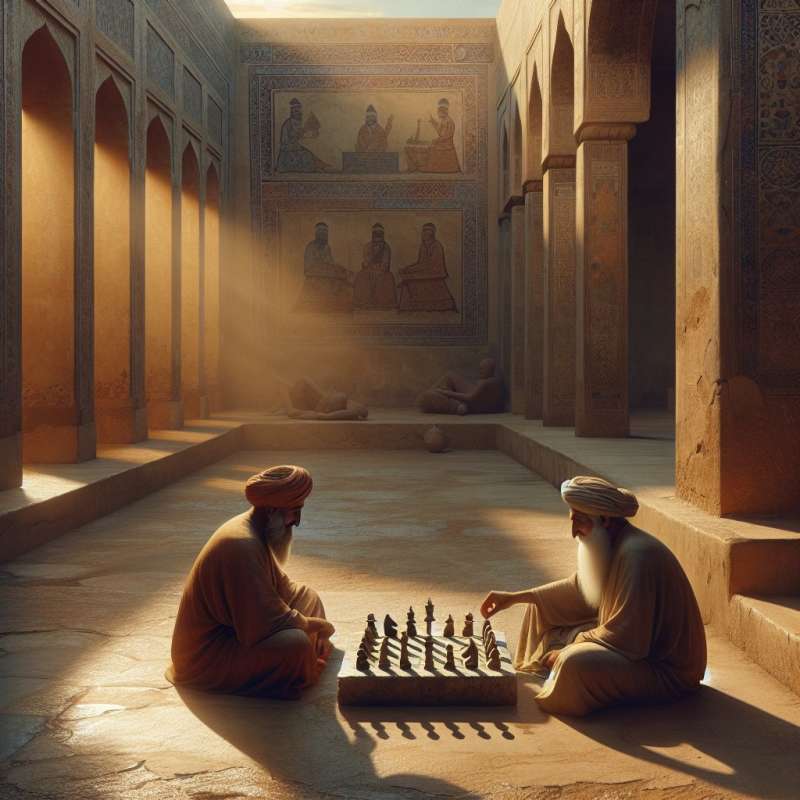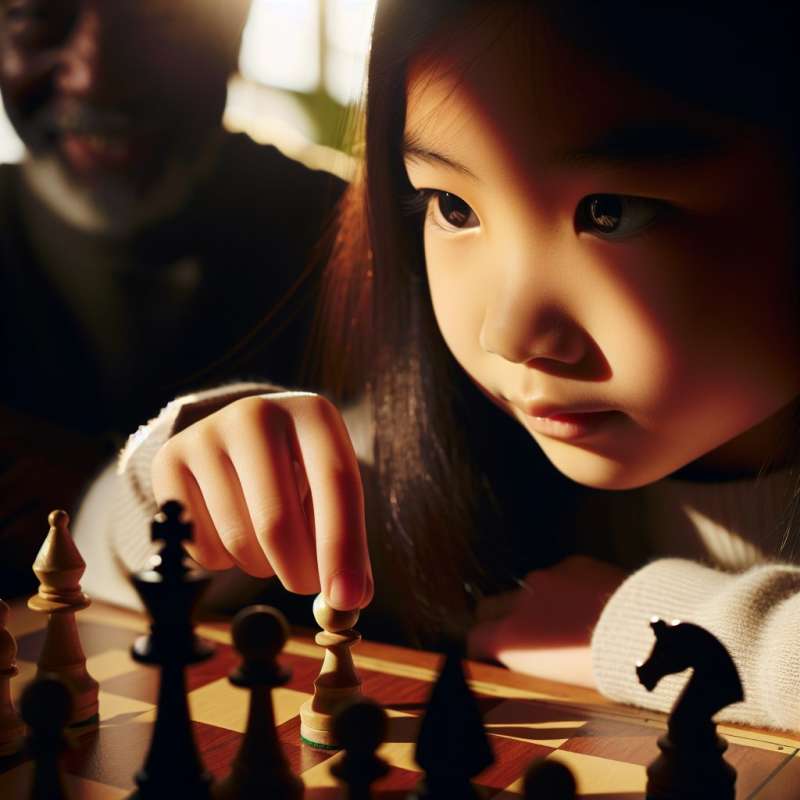
Chess Origins and History
Chess has evolved globally for over 1500 years. Originating in India, the game was known as 'Chaturanga'. It spread to Persia, became 'Shatranj', and later evolved in Europe where it got its current form.
Understanding Chess Pieces
Each player starts with 16 pieces: 8 pawns, 2 knights, 2 bishops, 2 rooks, 1 queen, and 1 king. Unique movements define each piece, like the knight's 'L' shape move or pawn's initial two-square option.
Special Moves: Castling
Castling is a unique move for king and rook. It's the only move allowing two pieces to move simultaneously, improving king safety and rook activity. Castling can't occur if the king is in check.
En Passant Pawn Capture
En passant is a pawn capture move that's often overlooked. It can only occur immediately after an opponent moves a pawn two squares forward from its starting position, and your pawn must be alongside it.
Pawn Promotion Strategy
When a pawn reaches the farthest rank, it promotes to a more powerful piece, usually a queen. This can turn the tide of the game, making advanced pawns extremely valuable in the endgame.
The Power of Checkmate
Checkmate ends the game, with the king under threat of capture and no legal moves to escape. Strategies like back-rank mates and mating nets can lead to surprising checkmates, often with minimal material.
Chess Clock Time Control
Competitive chess uses a clock to limit the total time each player can consider their moves. This adds pressure and complexity to the game, as managing one's time is crucial for success.
What is the origin of Chess?
Evolved in Europe
Originated in India
Started in Persia
Company